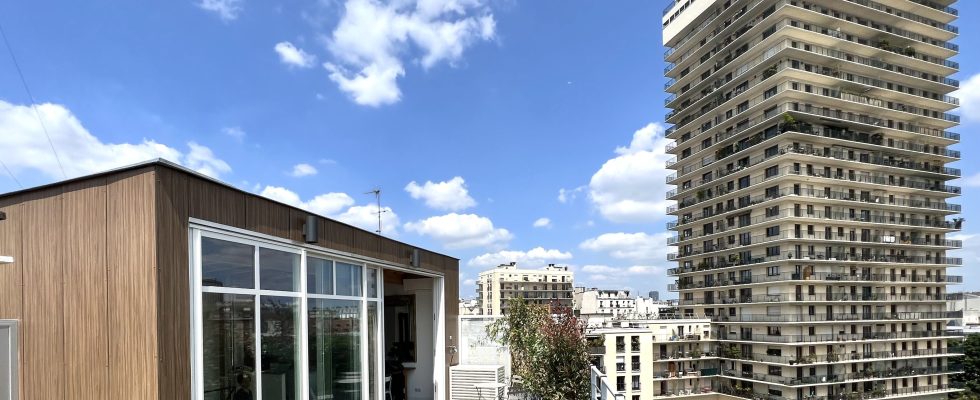On paper, the idea is attractive: enhance the existing building to create new apartments in Paris, cramped inside its ring road. The benefit of the elevation is threefold: to help solve the endemic housing crisis; not asphyxiate the soil, in accordance with the Zero Net Artificialisation (ZAN) commitment by 2050 made by the State in 2018; and participate in energy renovation. For owners or co-owners, at some 10,000 euros the average price per square meter in the capital, the operation also represents a potential windfall.
Other French cities have already implemented the elevation or are seriously considering it. In the Lyon conurbation, the mechanism is engaged; as for Nice and Strasbourg, despite opposing political orientations, they only ask to implement the conclusions of the studies commissioned. For the prefecture of Bas-Rhin, led by environmentalists, the elevation could concern more than 16,000 buildings, or around 10% of the building stock. That of the Alpes-Maritimes, directed by Christian Estrosi, quantifies the possible gain at 3,650 housing units. In Paris, only 8% of the 140,000 apartment buildings would theoretically be affected – “at most 2 or 3% in reality, given the budgetary constraints and the legal remedies”, nuance Jacques Baudrier, the deputy (PCF) in charge of the ecological transition of buildings. Emmanuel Grégoire, Anne Hidalgo’s first assistant, has just declared that it was a device “to be used with tact”.
“Sound and thermal wrecks”
“In Lyon, in certain districts, the dwellings are one floor, explains Emile Meunier, the ecologist president of the Paris urban planning commission. So you have a huge margin of elevation. This is not the case in Paris, which is the densest city in Europe.” His group, which has long protested against the race for gigantism, has set conditions, which its allies have accepted: “No elevation in streets less than 15 meters wide, he explains. Beyond this, an elevation which may range from one to two floors in avenues over 30 meters wide. There will be an exception for modern complexes, HLM buildings which may be raised up to three floors, but not more than 31 m high.” Not so in Villeurbanne, where the Cours Emile-Zola, under renovation, should be increased by seven floors and 24 social housing…
One, two or three floors? For Patrice Maire, it’s still too much. The president of Monts 14, an association for the defense of heritage born in 1996 from the aborted project to… raise the Montparnasse tower, denounces the multiplication of “black cubes”, which he calls, without fear of excess, “a holocaust suburban houses”. More reasonably, he recalls that the buildings of the 1970s are “sound and thermal wrecks that we had better raze”. He adds that the higher a building, the more energy it costs.
“The wood, the exterior insulation, the greening of the roof… Our construction is better insulated than the existing one, which we have moreover rehabilitated”, retorts Vincent Lienard, responsible with ARC BTP and engineer Emmanuel Pierre for the elevation one floor of a Gobelins building, in the 13th arrondissement. While acknowledging that this building from the end of the 20th century lends itself better to the exercise than Haussmannian freestone constructions. One more reason why in Paris, the elevation remains probably anecdotal for a few years.
This article is taken from the special issue “Energy transition: let’s invest together!” available on newsstands June 29.
